 Sharing this article is super exciting for us but first let us tell you more about our guest author. We reached out to Dr. Adam Oppenheimer, MD after seeing his amazing support for breastfeeding women on his Instagram account: @OrlandoNipTuck. He is is a 3rd generation, board-certified plastic surgeon who practices in Orlando, Florida at Fiala Aesthetics with hospital privileges at Orlando Health. He has a special interest in Aesthetic Surgery. Dr. Oppenheimer has Ivy League training from Yale University, and completed a coveted Plastic Surgery residency at the prestigious University of Michigan. He went on to train in Pediatric Plastic & Craniofacial Surgery at Seattle Children’s Hospital. Dr. Oppenheimer’s focus is on Women’s and Children’s Health. He has expertise in labiaplasty, and breast augmentation. Dr. Oppenheimer’s goal is happy patients, and he strives to helps them achieve THEIR plastic surgery goals. Dr. Oppenheimer was chosen as a Top 100 Plastic Surgeon on RealSelf.com.
Sharing this article is super exciting for us but first let us tell you more about our guest author. We reached out to Dr. Adam Oppenheimer, MD after seeing his amazing support for breastfeeding women on his Instagram account: @OrlandoNipTuck. He is is a 3rd generation, board-certified plastic surgeon who practices in Orlando, Florida at Fiala Aesthetics with hospital privileges at Orlando Health. He has a special interest in Aesthetic Surgery. Dr. Oppenheimer has Ivy League training from Yale University, and completed a coveted Plastic Surgery residency at the prestigious University of Michigan. He went on to train in Pediatric Plastic & Craniofacial Surgery at Seattle Children’s Hospital. Dr. Oppenheimer’s focus is on Women’s and Children’s Health. He has expertise in labiaplasty, and breast augmentation. Dr. Oppenheimer’s goal is happy patients, and he strives to helps them achieve THEIR plastic surgery goals. Dr. Oppenheimer was chosen as a Top 100 Plastic Surgeon on RealSelf.com.
We knew we had to have him share with us some valuable information for all of our readers so we asked him:
Can women breastfeed with breast implants?
I was a breastfed baby (a “BFB” as they’re known in my family) and my mom was a La Leche League group leader in Western New York. It was common for me to come home after school to a living room filled with breastfeeding moms. My mom loves to brag that she breastfed my four brothers and me for 10 years straight! (That’s 2 years each on the math). So perhaps I was destined to be a breast surgeon. My mom is also a certified lactaction consultatant (IBCLC) so she makes sure that I’m doing right by my patients. Yes, my mom still checks in on me, even though I’m a “grownup.”
And rightfully so: as a board certified plastic surgeon, breast health is at the core of my practice. In an average week I do about 20 breast examinations, 5 breast surgeries, and review at least as many mammograms. In many ways, a thoughtful board-certified plastic surgeon has become a primary care physician for breast health.
Contrary to popular belief, women consider breast implants at all ages and stages of life: the average age for women undergoing breast augmentation is 30 years old. Because women are delaying childbirth until later in life, there are more and more women who have breast implants prior to becoming pregnant. These women have yet to start their breastfeeding journeys, so my mission is to make sure that they preserve their ability to do so! This starts with education.
So, Can you breastfeed with breast implants?
First off, the FDA requires women to be at least 18 years of age prior to considering elective breast augmentation. The FDA also requires that silicone implants only be used in women over 22 years old. There really is no science behind this dictum, but it remains in place, so that leaves saline implants as the only option for women aged 18-21. In my professional opinion, saline and silicone implants are equally safe for women of all ages; the uniform safety of silicone implants has been well established, and I wouldn’t use them at all if they posed any type of systemic health risk! There was a lot of hype about this in the 90s, but it has since been conclusively shown to be falsehood and misinformation.

27 year old female with 300cc silicone implants to restore fullness after breastfeeding one child
After reviewing the two types of breast implants, the next step is a discussion of surgical technique. The first part of this topic relates to implant placement: over or under the muscle. “Unders” are safer than “overs” when it comes to breastfeeding—and for breast implant longevity in general: there is a lower risk of capsular contracture (scarring in the implant pocket) when the implant is placed under the pectoralis muscle. The results are also better with “unders,” as this creates a more natural look. (I actually use a combination technique: the “dual plane” augmentation. You can watch my surgery video here, but warning, this is inside the OR!) By using implants placed under the pec. muscle, the breast gland is avoided completely during the surgery.

31 year old female with 455cc silicone implants to correct ptosis (“drooping”) and increase fullness after breastfeeding two children.
The second part of surgical technique relates to incision placement. This is the most critical consideration with regard to breastfeeding. When the nipple approach is used, the ducts and nerves to the nipple-areolar-complex (or NAC for short) can be injured. Logically, if these structures are damaged with a nipple incision, the chance of breastfeeding problems goes up. That’s why I AVOID this approach whenever possible. The favored incision in my practice (and by most plastic surgeons) is the crease incision. This scar actually hides much better than the nipple incision, and also has the least chance of capsule formation. If you look closely at the photos, you will see that a well placed scar in the breast crease is virtually invisible.
Another common concern about silicone breast implants and breastfeeding is: What if they rupture? Will silicone get into the breast milk? The answer is a resounding “No.” As I mentioned earlier, silicone implants are safe for the mom and the baby. Breast milk in women with silicone breast implants has been tested and was found to be identical to women without breast implants. If breast implants rupture, the worst consequence is capsular contracture. This can lead changes in breast shape and in some cases pain in the breast. With silicone implants, a capsule can form around the ruptured implant, which requires an exchange surgery; with saline implants, the breast deflates and surgery is also required to remove or replace the implant.

41 year old female with a 300cc silicone breast augmentation after breastfeeding 5 children
Breast lifts are a separate topic. In the vast majority of cases, breast lifts (and breast reductions) are performed in women after breastfeeding. These procedures involve breast origami, if you will, but the nipple still stays in contact with the gland, and the ducts are preserved in the vast majority of cases. Young women who desire breast lifts and reductions (with or without breast implants) need to know that there’s a risk that breastfeeding could be impaired. On the subject, inverted nipple surgery is probably the riskiest for breastfeeding. While I make every effort to preserve as many ducts as possible during an inverted nipple procedure, all bets are off. It’s best to wait until a woman is sure she is done breastfeeding before attempting this surgery.
In summary, breast implants and breastfeeding can go hand in hand. Just make sure to keep these tips in mind:
- Choose a board certified plastic surgeon (with great photos & reviews on RealSelf.com!)
- Use the crease incision
- Go under the muscle (or dual plane)
Thanks so much for letting me be a part of the BFW community! Let the BFB’s take over the world!
Be sure to join us in our social media accounts to be up to date with the progress of our project!
And… Don’t forget to share your brelfies using our HT #BreastfeedingWorld
–
A photography project founded in late 2014 by Alexia Garcia, photographer a Alegares Photography. Breastfeeding World aims to promote breastfeeding and encourage new moms to nurse their babies through the art of photography and story telling.




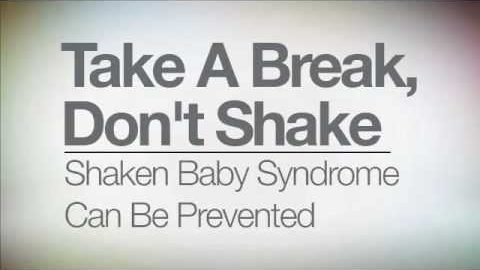
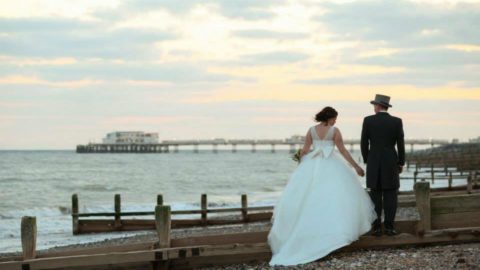


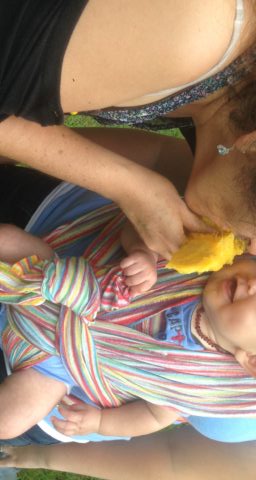
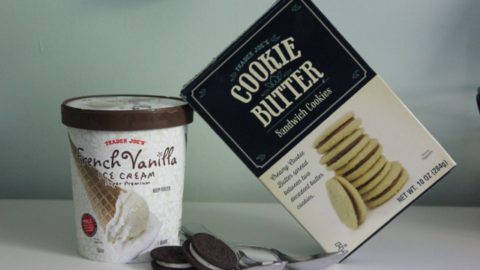
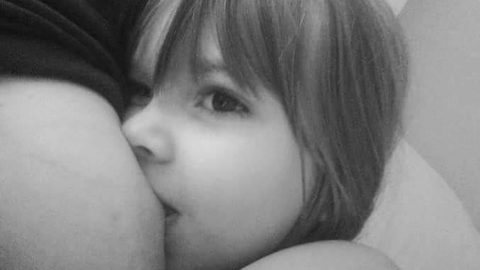


Well said! Let the Breast Fed Babies take over the world!
Yeah Mom!!! Xo
This can be of help for people who wants to undergo Breast Implants Treatment .Check also http://www.alluremedspa-lebanon.com/cosmetic-surgery/breast-surgery/breast-augmentation.html.
Why are you saying this man specialises in labiaplasty? I read this then visited his realself… needless to say I will not be going to him, on behalf of all women everywhere. Shocking promotion of a surgeon who has clearly mutilated someone according to the recent photos on his realself.